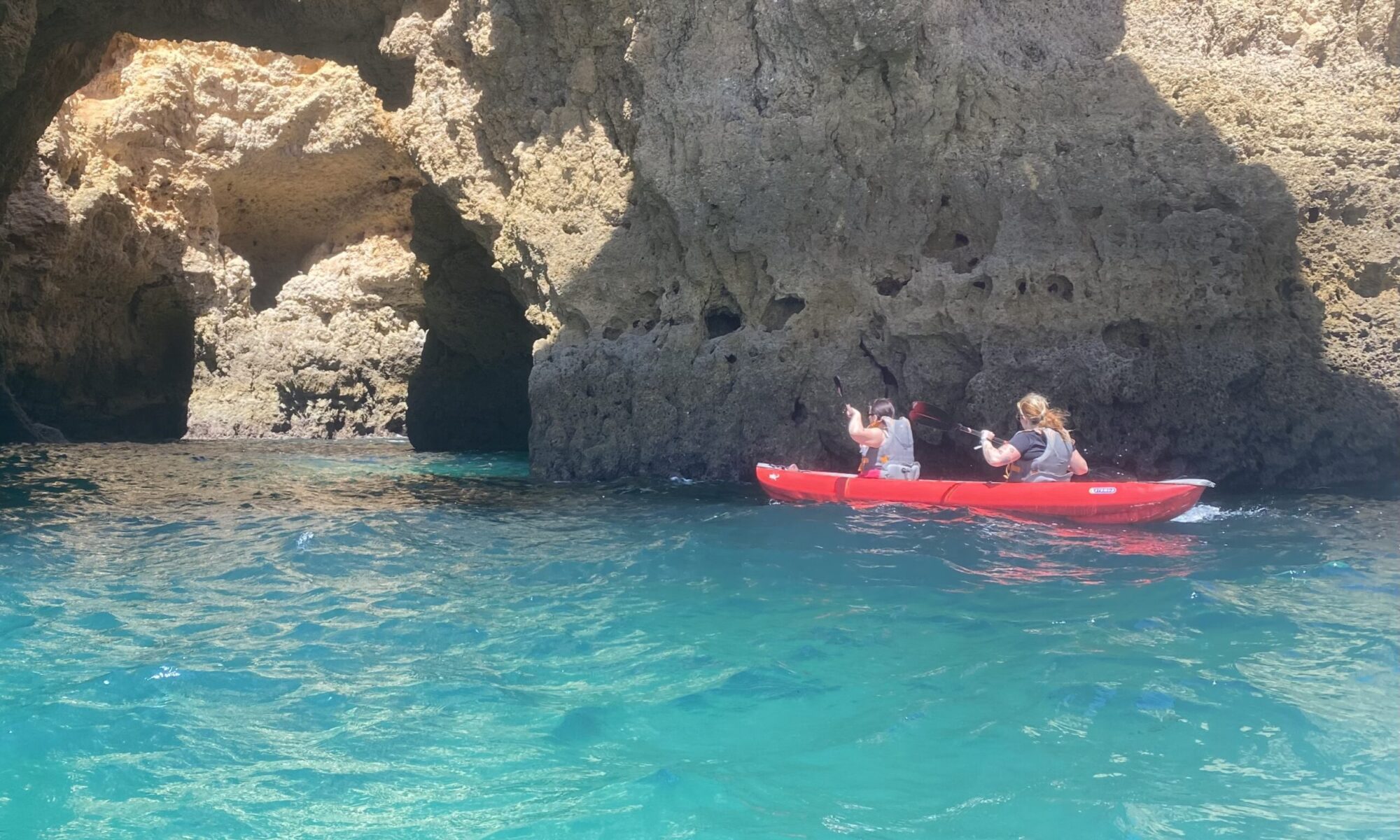Portimão to Silves
Inland paddlers may enjoy the gentle ascent or descent of the Rio Arade from the sea to the historic city of Silves (14km). Time the tide right and you should get a bit of assistance from the tidal current. There are some fine bridges to admire and paddle under, from the modern Portimão bridge to the Roman bridge at Silves. 2-4 hrs.
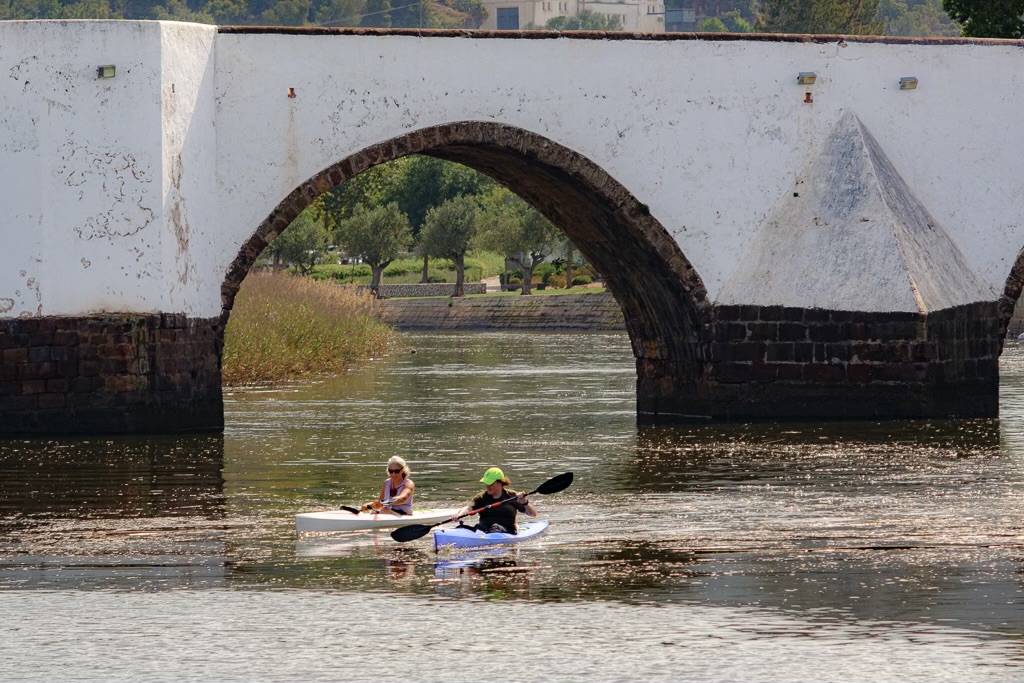
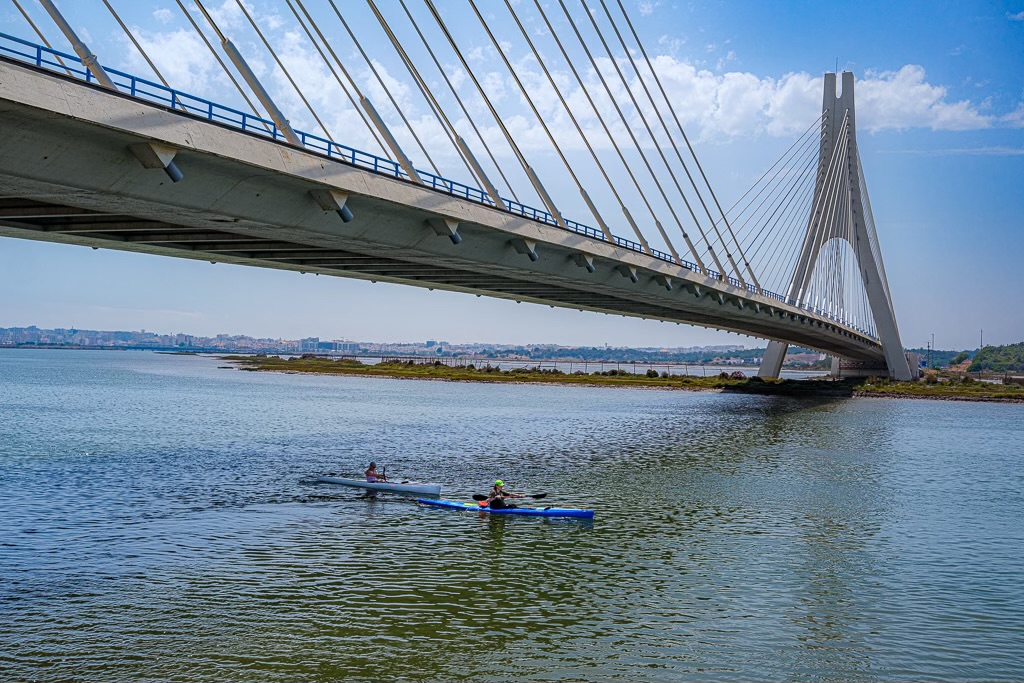
Lagos
It’s not a long paddle, but if you have a kayak (no SUPs allowed between the harbour entrance and the marina) you can paddle a couple of kilometres up the Bensafrim river from the harbour entrance alongside the Avenida past the historic replica caravel, the lifting bridge and the marina. At high tide you can continue alongside a busy road, past some stork feeding grounds, until you get to the aerodrome. Keep on the right and watch out for anglers.
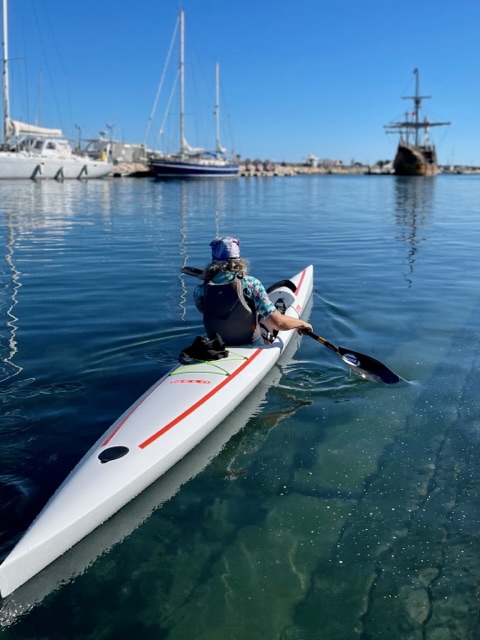
Odiáxere
See the Alvor Lagoon section – leave the Vale de Lama put-in by the oyster farm an hour before high tide and you can go upstream towards Odiáxere. Fancy yourself as an old-time explorer, watch the storks circle above you and investigate where the water goes from salt, to brackish, to almost fresh. If you time it wrong you find out why the Vale de Lama is so called – Lama means mud. 2 hr round trip.
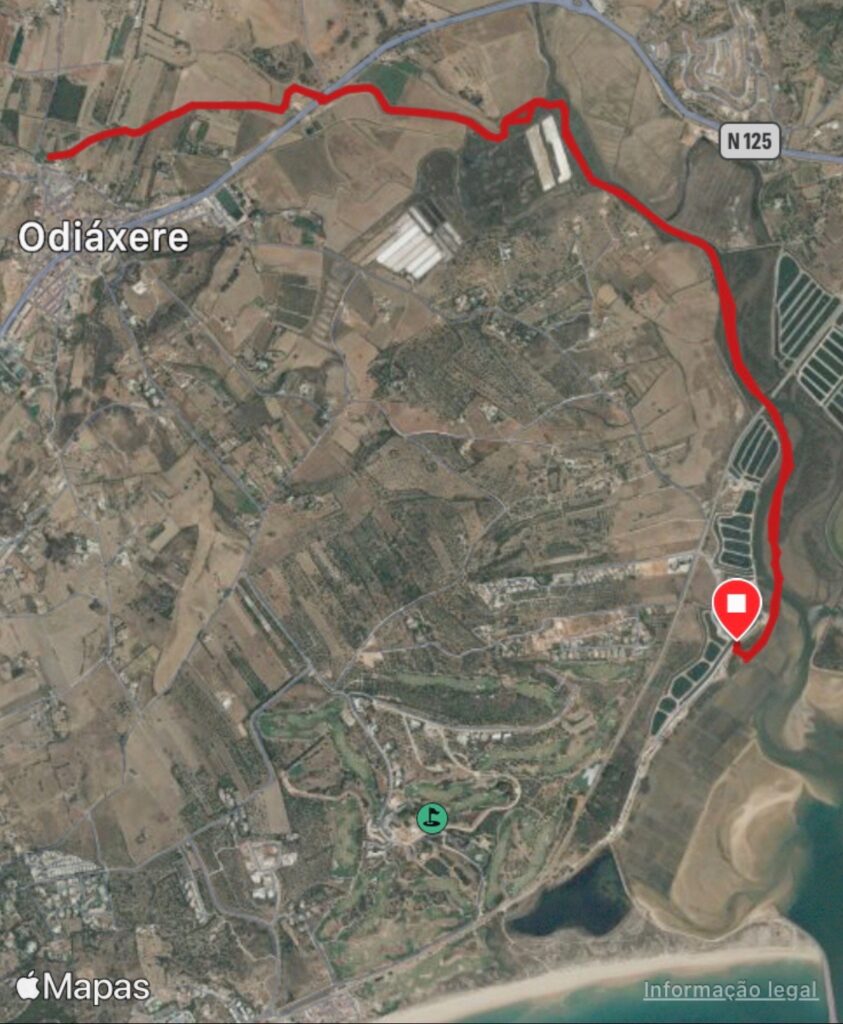
Reservoirs
The Barragem de Bravura in the Western Algarve is a reservoir that can be paddled. There isn’t a lot to see, perhaps some birdlife, but it is quiet, and sheltered by the nearby hills so a good option when the wind is too high to SUP on the sea. A suitable point to launch is here: Google maps link . Don’t let the map fool you about the reservoir’s size – more recent satellite views reveal how much it has shrunk in the last few years – but a proposed desalination plant near Albufeira, opening in 2026, should stop it drying up completely. 30 minutes to paddle to the base of the dam structure and back, up to 2 hrs for a detailed circumnavigation.

In the Eastern Algarve the Alqueva reservoir, the largest man-made lake in Europe, has islands, watersports centres and freshwater marinas – although these are to the north, in the Alentejo region, so rather out of scope of this guide. Below the dam, the river Guadiana that it feeds forms the border between Portugal and Spain.
Other
Also check out the rivers mentioned in the West Coast section, and don’t forget the flatwater paradise of the Ria Formosa lagoon.
